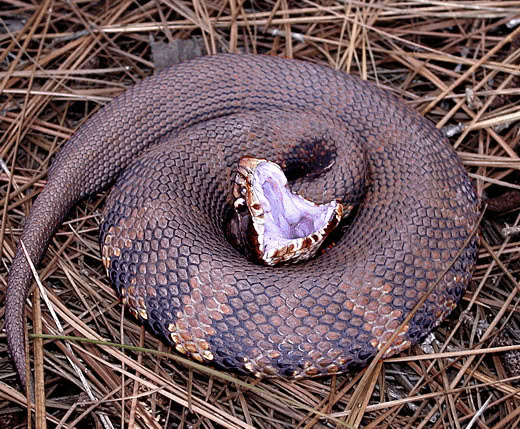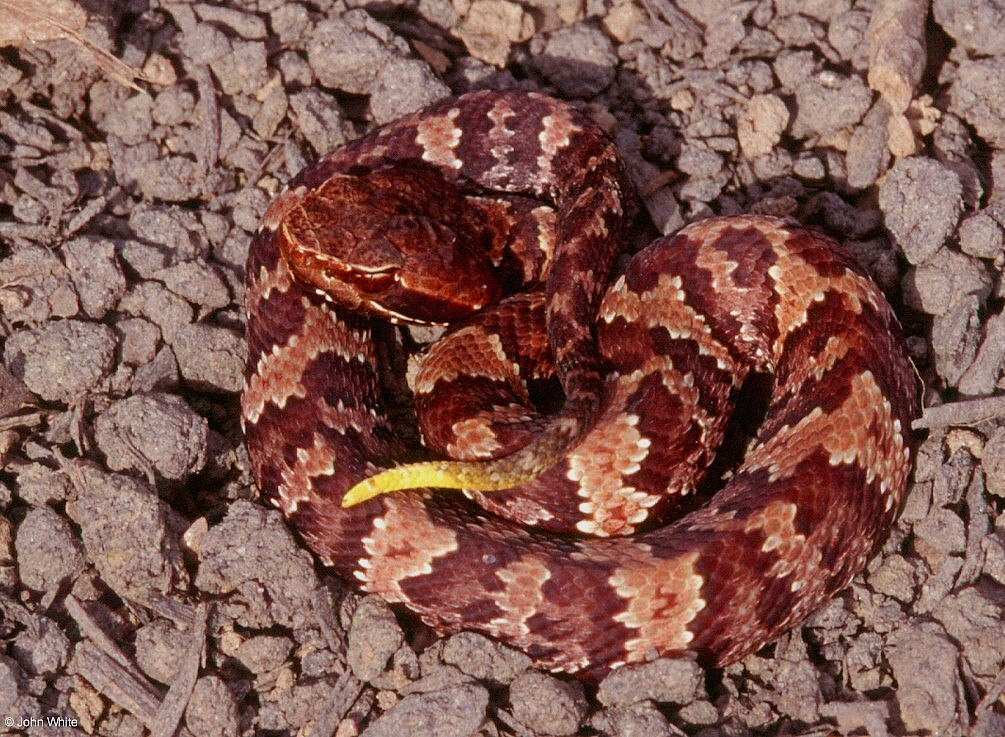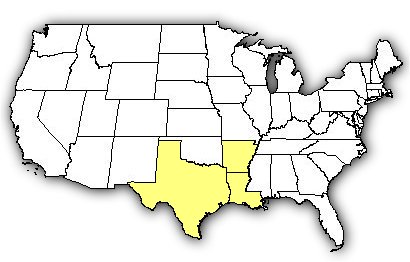Boa Constrictors
Introduction
Boa Constrictors are non venomous snakes native to tropical Central and South America. They come in various colors depending on where they live. They tend to camouflage into their surroundings and have distinctive patterns on their backs. These snakes can grow up to 13 feet which is pretty long! They also weigh over 100 pounds. These snakes are often hunted for their beautiful skin and are endangered.
Behavior/ Diet
Boa Constrictors are excellent swimmers as well but they prefer to live on land. They primarily live in hollow logs and abandoned burrows. The Boa doesn't have venom but it is still a carnivore. It uses its jaws which are lined with small teeth to grasp the prey while they coil their muscular bodies around the prey. This suffocates the prey and the method is similar to the Burmese python. These snakes will eat almost anything they can get their mouth on. Like the python, they also swallow their food whole.
 |
| A Boa Constrictor coiling around its prey |





